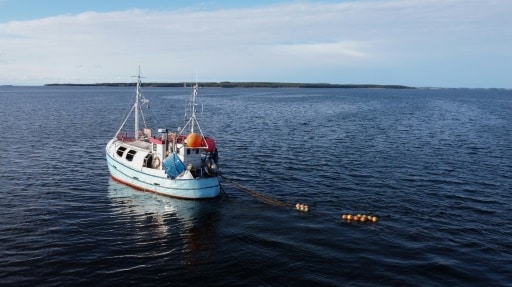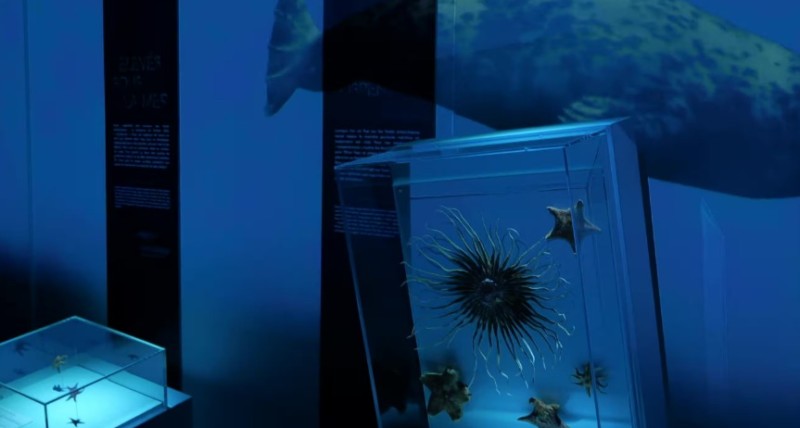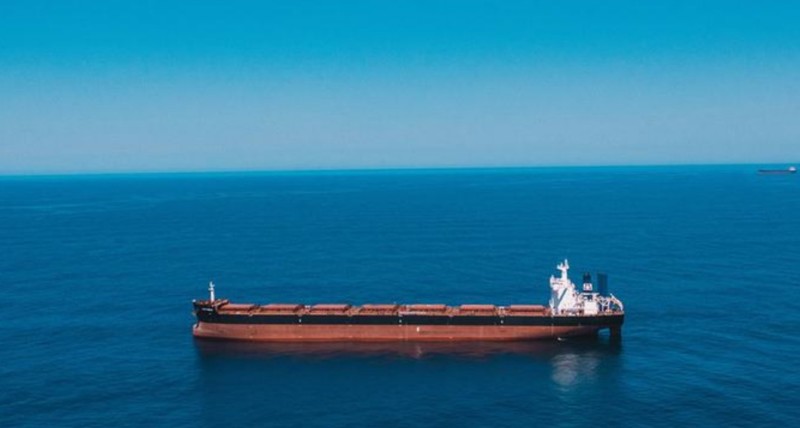Paris (AFP) – In the Baltic Sea, bordered by nine northern European countries, fish are disappearing due to a lack of oxygen, taking with them all biodiversity. Two startups and European scientists are betting on bringing life back underwater by re-oxygenating it through industrial hydrogen production at sea.
Researchers from Stockholm University in Sweden, the French industrial company Lhyfe, and a Finnish startup, Flexens, are working on a joint pilot experiment called BOxHy.
They are seeking a comprehensive solution to the asphyxiation threatening the Baltic Sea, notably through hydrogen production at sea aimed at supporting the decarbonization of industry on land.
Dissolved oxygen in the oceans is essential for life: the ability of vertebrates and invertebrates to survive without oxygen is nonexistent, scientists emphasize. « However, for over 50 years, its concentrations have been decreasing, » particularly in coastal areas, notes Christophe Rabouille from the CNRS.
The loss of oxygen vital to underwater life can be attributed to two main causes, according to the International Union for Conservation of Nature (IUCN): eutrophication caused by runoff of nutrients (fertilizers, manure, etc.) from the continent—which feed algae that proliferate excessively and consume the oxygen in the water as they decompose, making aquatic life impossible around them—and the warming of ocean waters due to climate change.
« Ecological Desert »
In the central Baltic, a semi-closed sea bordered by agricultural and industrial countries, « there is one of the largest dead ocean zones in the world, covering about one and a half times the size of Denmark. It’s an ecological desert in hypoxia, meaning a lack of oxygen, because the sea is stratified and suffers from eutrophication, » explains Alf Norkko from the University of Helsinki, in charge of the Tvärminne Zoological Station in Finland.
The BoxHy project aims to study the feasibility of injecting gaseous oxygen at depth, a technique already used in some hypoxic freshwater lakes in the United States.
« Restoring oxygen conditions in the deep waters through long-term additions would have many positive effects on the Baltic Sea ecosystem, » estimates Jakob Walve, a marine ecologist at Stockholm University involved in the project, citing the expansion of the spawning and feeding habitat for cod.
In June, BOxHy received support from the United Nations as part of a decade-long program on sustainable ocean development.
This « recognition » is welcomed by Szilvia Haide from Flexens, the startup coordinating the project. Near Stockholm, Flexens has identified three possible areas for re-injecting oxygen. However, much remains to be done before starting the major clean-up of the Baltic Sea.
« Invest 20 to 30 Years »
Producing oxygen must be done cleanly and on-site. This is the role of the French startup Lhyfe, which specializes in water electrolysis to produce green hydrogen, meaning the separation of hydrogen and oxygen molecules from water (H2O) under the influence of an electric current.
It has developed a unique offshore hydrogen production pilot project in the world: using desalinated seawater during a year-long experiment at Croisic, in western France, with a marine wind turbine.
In its Vendée green hydrogen plant, the oxygen produced by Lhyfe is merely a byproduct, simply released into the atmosphere. In the Baltic Sea, it would be injected into the water. The challenge remains to determine how much, how, at what rate, and to measure the impacts on the fauna and flora.
The second phase of BoxHy studies, expected to last « five to six years, » should begin in 2025, according to Ms. Haide, to experiment with a first pilot station. The aim is to determine the method of oxygen injection and to study the consequences on the environment and biodiversity.
According to Matthieu Guesné, CEO of Lhyfe, « about thirty » offshore platforms in the Baltic would be necessary for complete re-oxygenation.
« That’s not huge; in a generation, we’ve seen a thousand oil and gas platforms installed in the North Sea, » he tells AFP. « Pollution has been created over decades, and it will take 20 to 30 years to invest as well; it’s not a miracle solution; it’s a very long-term project. »
The injection time in the Baltic will also depend on the evolution of agriculture in the coastal countries toward more or fewer fertilizers.
Source: goodplanet




